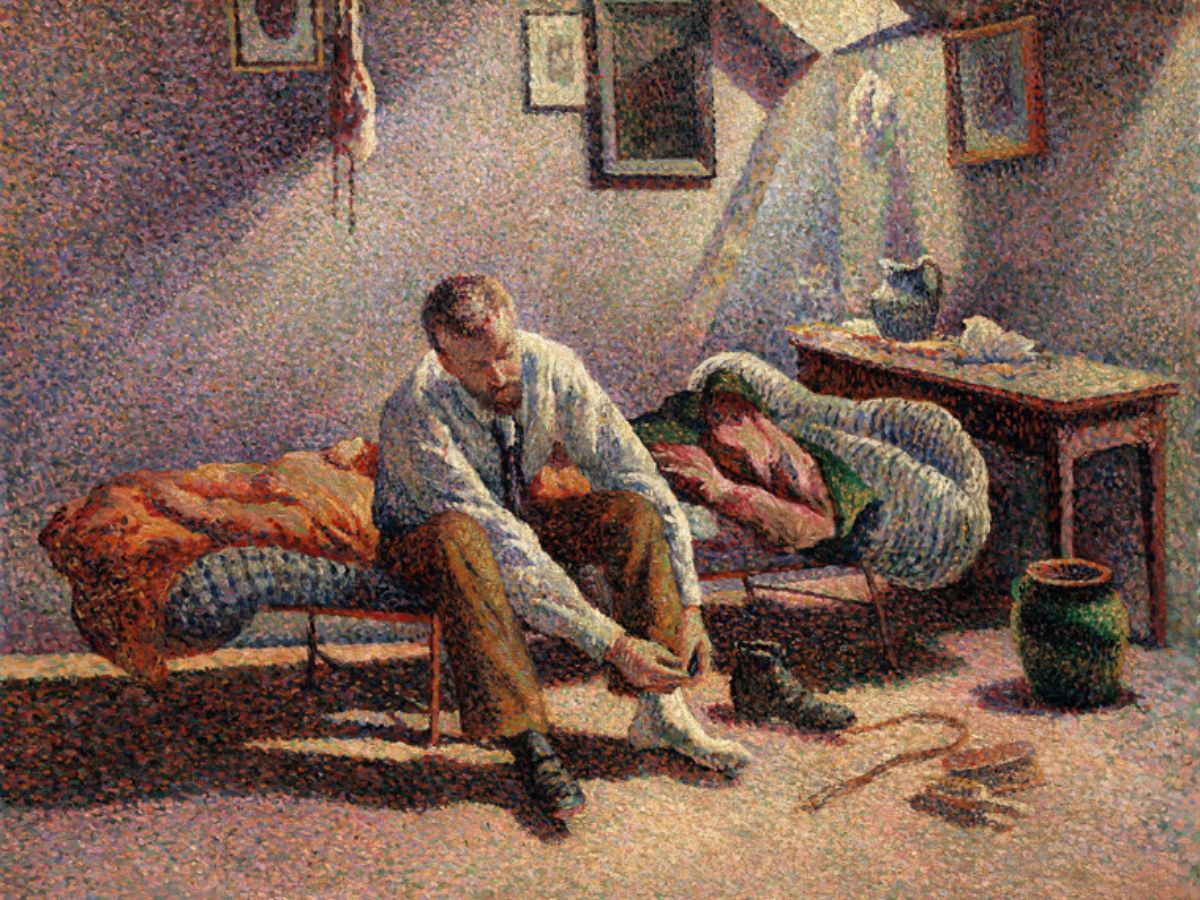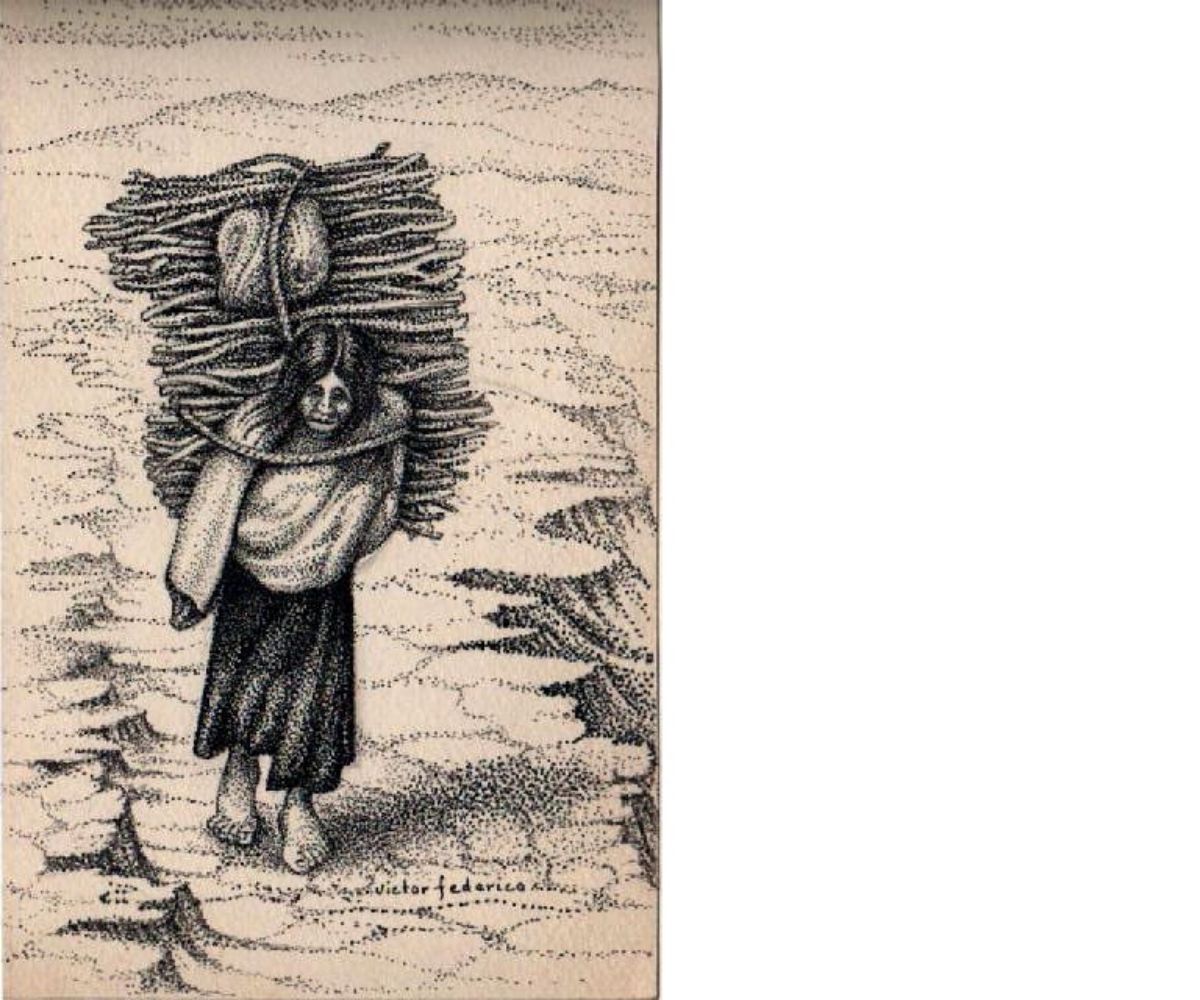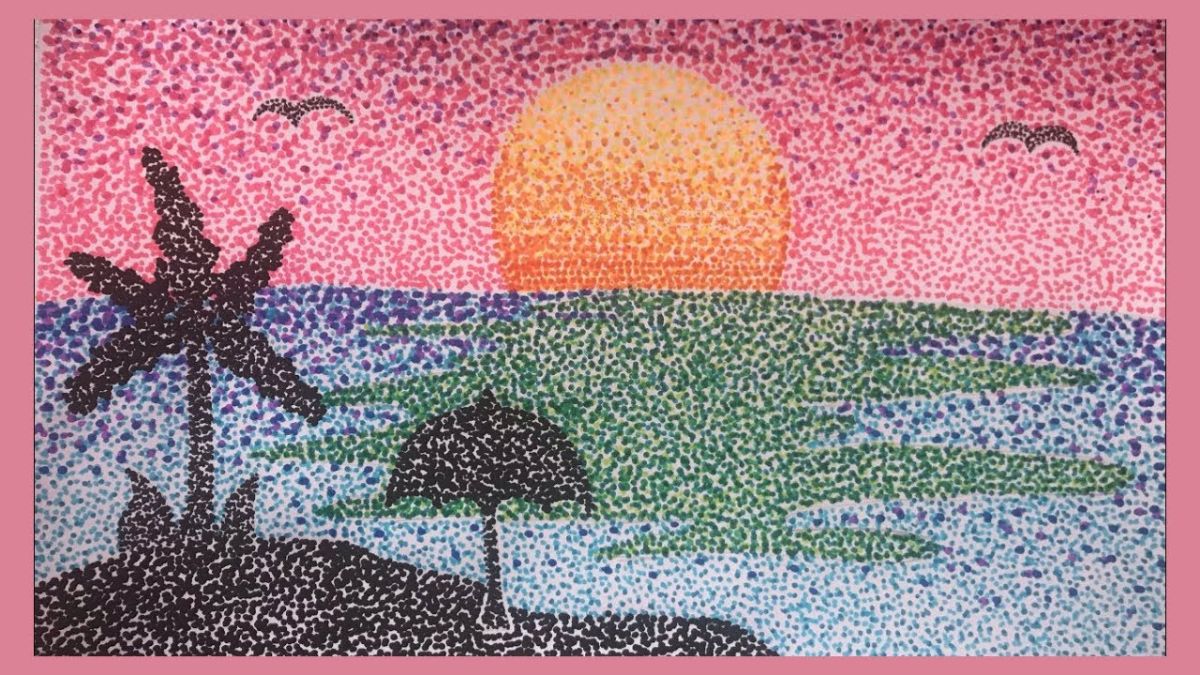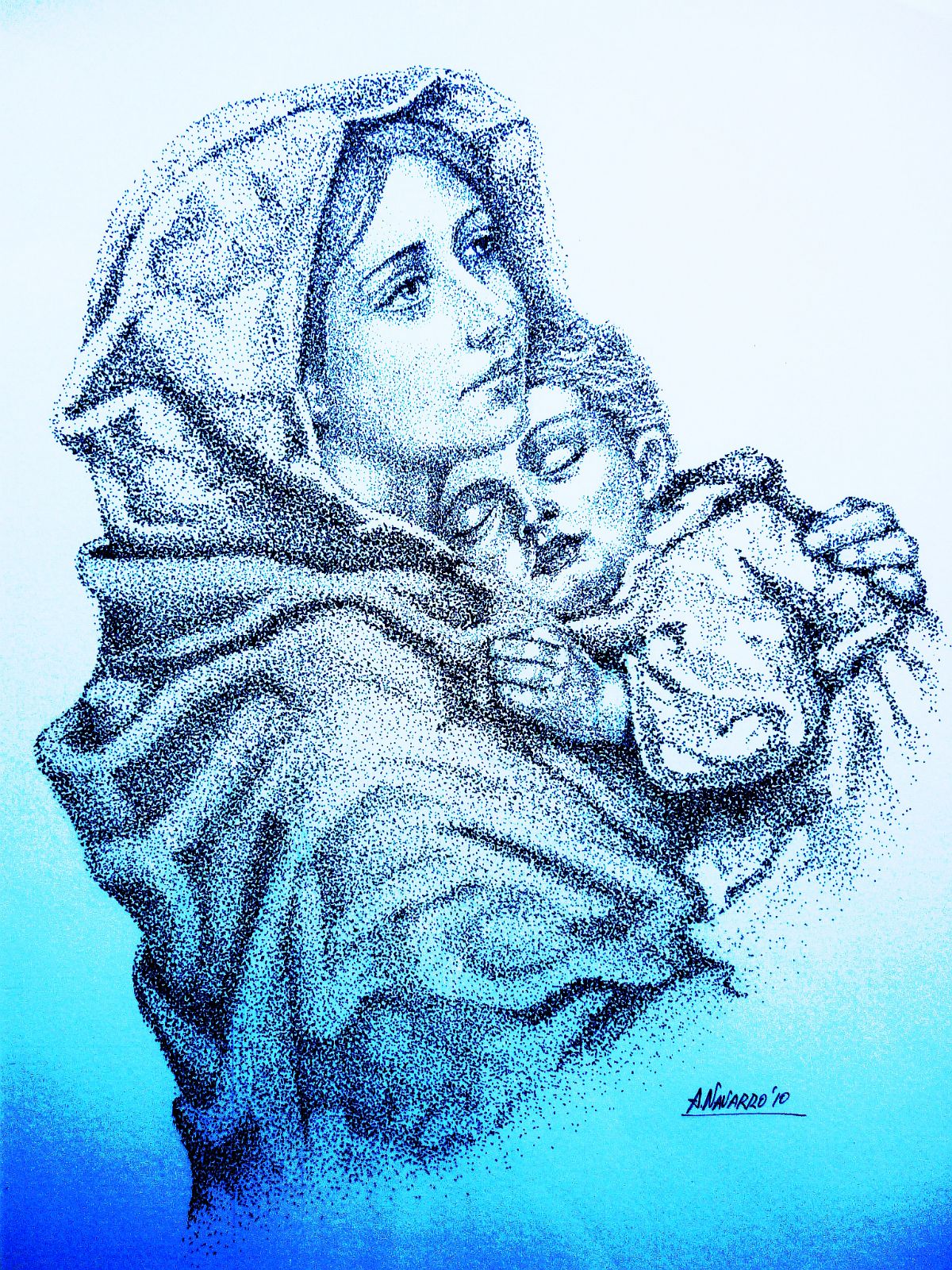
As a creative, you have to have information on many techniques to be able to offer your clients different options. One of them can be the pointillism technique, not so widely used, but with great results that, without a doubt, can bring out the most creative and original side of an image, a photo, a painting and, yes, also a video.
But What is the technique of pointillism? How it is performed? What characteristics does it have? Are there authors who stood out for it? On this occasion, we will tell you about this technique and everything you should know about it, in addition to giving you visual examples of the results you get.
What is the pointillism technique
The first thing we are going to stop at is that you understand what the pointillism technique refers to. As the name suggests, this technique is based on points. Really, It is a style of painting in which, instead of giving brush strokes, what is done is to use dots of different colors to create a work made with that technique, with dots.
At first glance, especially looking from afar, they are not noticeable, it is as if the author had painted a work, a landscape, a portrait in a normal way. But, as you get closer to it, you will notice how the dots appear creating small groups of color that are what make up the drawings as a whole. However, seen closely they seem elements without meaning.
Its development was at the end of the XNUMXth century, being the first author to apply it the Frenchman Georges Seurat. Now, this technique did not last long. Although it reached its peak in 1890 and at that time everyone wanted to achieve a work with the technique of pointillism, the truth is that later it declined and works like this are hardly seen today. Of course, many of the concepts and ideas, as well as its characteristics, endure over time and are used at the moment.
If we take into account that fashions are very changeable, there is nothing like surprising with this technique so that it becomes fashionable again.
Characteristics of pointillism
Delving a little more into the technique of pointillism, you should know that it has a series of "special" characteristics, such as:
- That the colors are pure. In fact, it is impossible for these colors to mix in creations, but rather they are based on color groupings that serve to create a common drawing with several groups of points. It goes even further, and although you think that a great variety of colors are used, the original pointillism technique only uses primary colors. However, the eye deceives you and mixes those colors to make it appear that the artist has used many more.
- Points create depth. Hence, some authors space out the points more to give a volume and at the same time that depth that is obtained.
- The color represented feelings. Thus, when ascending lines were established with warm, light colors, the work was said to have a joyous meaning; on the contrary, the descending lines, cold and dark colors tended more to the sadness.
- The landscapes". Although the pointillism technique can be used to represent many scenes, the most common with it were circus scenes, rivers, ports ... However, you can find many other works that had nothing to do, such as portraits, complete landscapes, animals ...
- They need an order. And it is that carrying it out is not easy, and every artist who faces it knows that they need to plan and clarify themselves to obtain the result they want, hence an order must be followed to give meaning to the work.
What are the steps to do the pointillism technique
If you want to learn to do the pointillism technique it is necessary that, first of all, you have all the materials that are needed to carry it out. Specifically, we are referring to: paints, pencils, pens and a canvas (you can replace it with cardboard or paper that is not too thin).
The steps you must take to carry it out are:
- Think of an image that you want to make. At the beginning it is highly recommended that, before starting to do it, you sketch the image that you are going to make with the technique because it will help you to delimit the points and the groups of colors when creating it. In addition, you must decide if the points are going to be made with pencils, pens, brushes, etc.
- Start dotting the images, always following an order. In fact, it is recommended that you focus on a specific area and that you do not leave it until you have completely finished it. In addition, you could first make the silhouette of the image and then add the details to it. This as long as it has the same color tone.
- A good trick to know if what you are doing is on the right track is to move away from your work a little to see it as a whole. When you are close, all you see are points, but not the whole result of them. Therefore, if you look at it from afar, you can see if you are achieving the result you expect or if there is something you can modify to achieve it.
Technique artists
Earlier we mentioned Georges Seurat as the first artist to use the pointillism technique. However, we also made reference to the fact that he is not the only one who used it. There were many more whose works were created with this technique, some that may even sound more familiar to you.
Names such as Vincent Van Gogh, Paul Signac, Yael Rigueira, Vlaho Bukovac, Camille Pissarro, etc. these are just a few examples of artists in whose works there are artistic representations of the pointillism technique.
Ideas for technique
Finally, here you have been able to see some ideas for images that have used the pointillism technique so that you can see what you can find. And you already know that you can also carry it out for different creations.
You can even find applications or programs capable of converting your photos or images with the pointillism technique and have a much more original and different result than usual.


